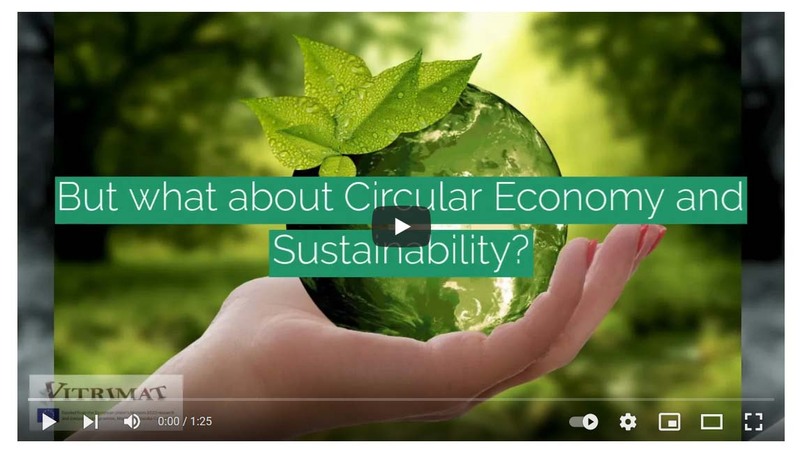VITRIMAT
Discover the project through the first video produced by the VITRIMAT ESRs:
|
Thanks to the VITRIMAT Video Team : Virginia Amfilochiou, Diego Ciardi, Aitor Hernandez, Liliana Joosten, Francis Jose and Giulia Vozzolo! |
|
SummaryToday’s plastics are either thermoplastics composed of polymer chains, recyclable and processable at high throughput yet with poor heat and solvent resistance, or crosslinked thermosets made of permanent polymer networks with far better thermomechanical properties and solvent resistance yet essentially intractable and non-recyclable once processed. Vitrimers are a new class of materials, rewarded by the 2015 European Inventor Award, taking benefit of dynamic exchangeable crosslinks and combining the best features of thermoplastics and thermosets. By combining enhanced mechanical and chemical performances with abilities to be healed, welded, reprocessed and recycled, vitrimers bear the promise of the next generation of polymer materials and composites with new fields of applications in line with sustainable development and requisites of the plastics circular economy. |
|
|
|
VITRIMAT will offer a critical training gap between cutting-edge European academic research on vitrimers and industrial developments of daily life products. ESRs will be the first recipients of a pioneering, highly interdisciplinary training program covering the whole value chain of advanced materials currently employed in sectors with high employability and expected growth (e.g. consumer goods, construction, recreational, wind energy, electromobility and automotive industries).
|
|
VITRIMAT aims at strengthening the European leadership on vitrimers by combining the expertise and technologies of 6 academic partners-pioneers in vitrimers and advanced composite materials - with 1 national technical center and 7 industrial partners (including 2 beneficiaries and 1 SME) that are world leaders in the chemistry, adhesives, thermosets and composites for consumer goods, construction and automotive applications. These sectors represent high employability for future ESRs that will acquire a broad range of advanced and transferable skills within a unique, innovative, multidisciplinary and inter-sectoral training environment. |
|
|
|
|


